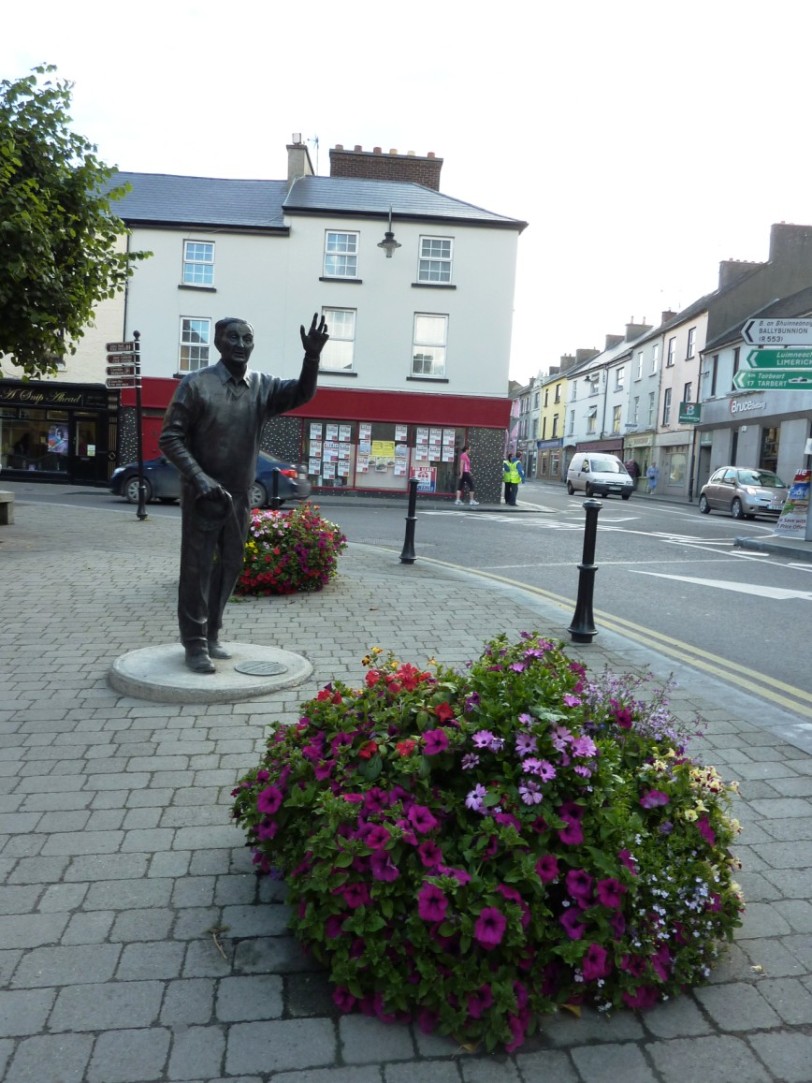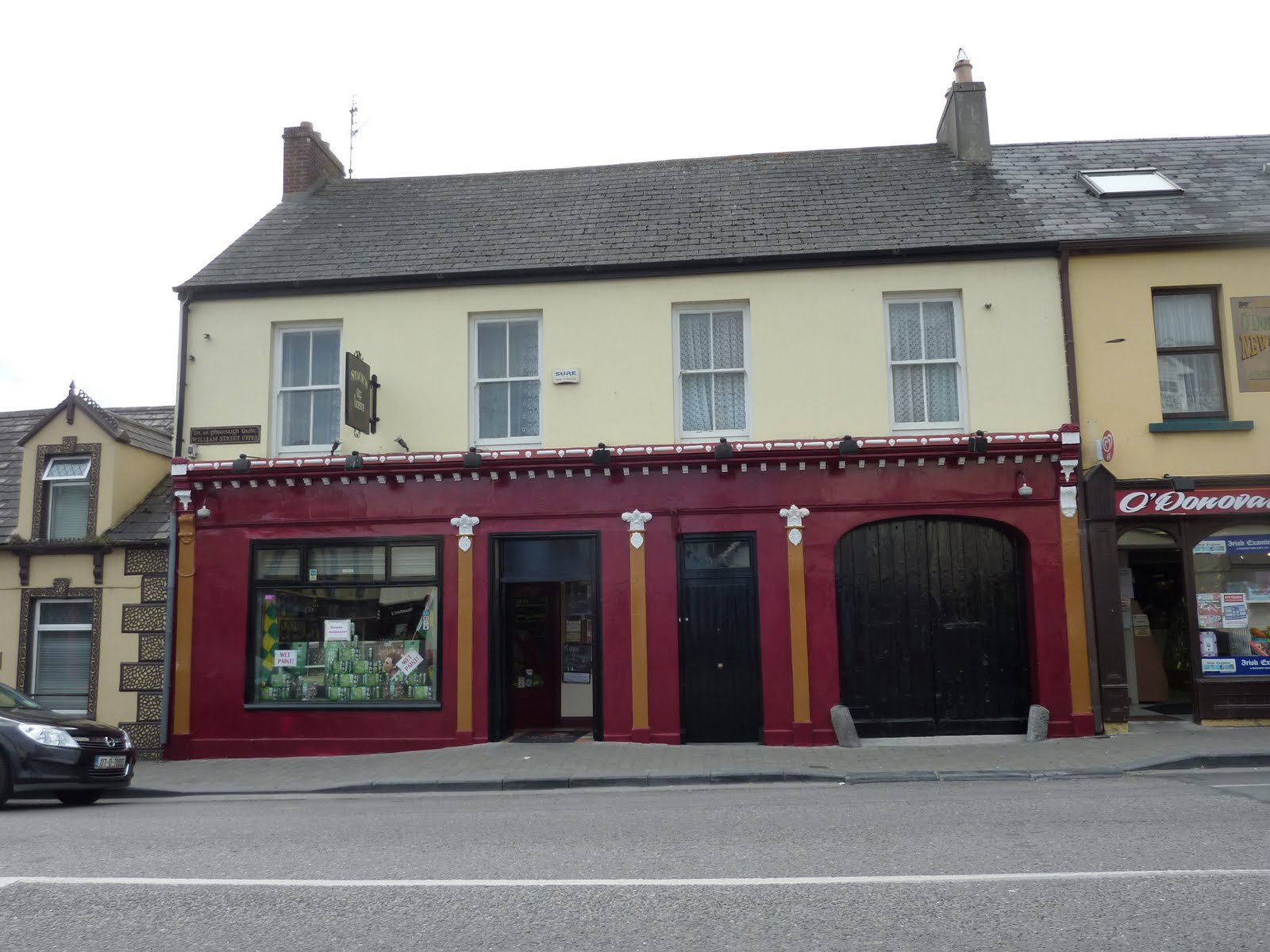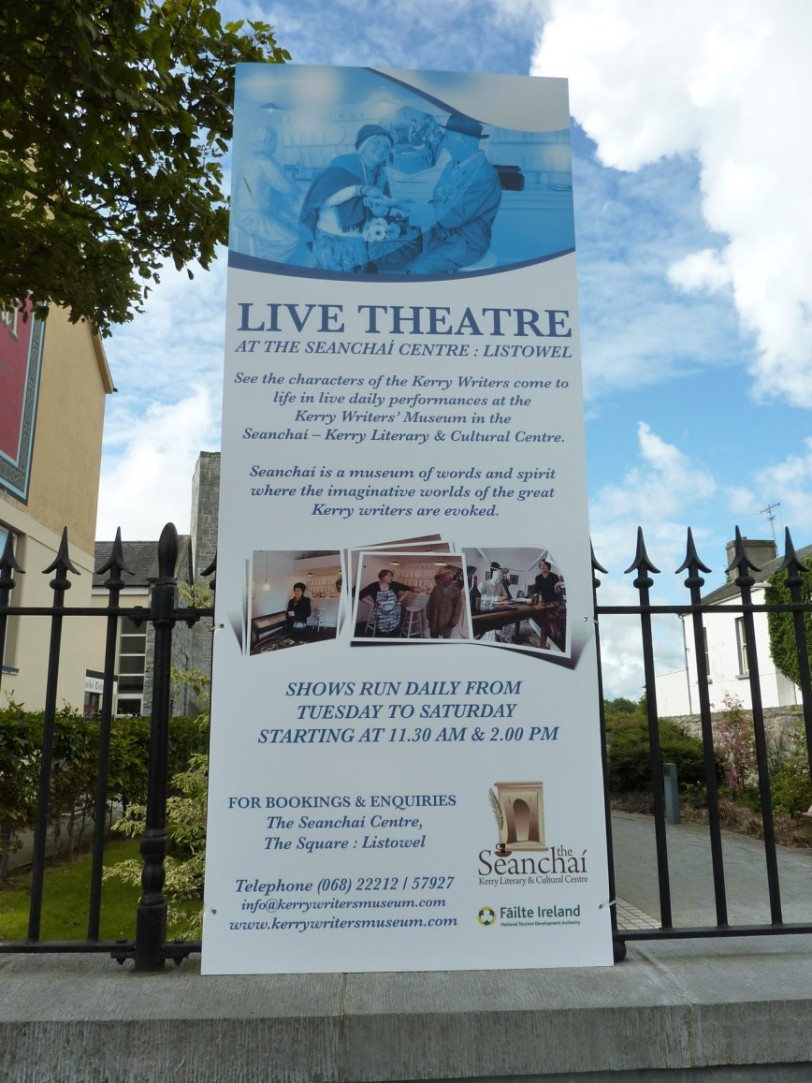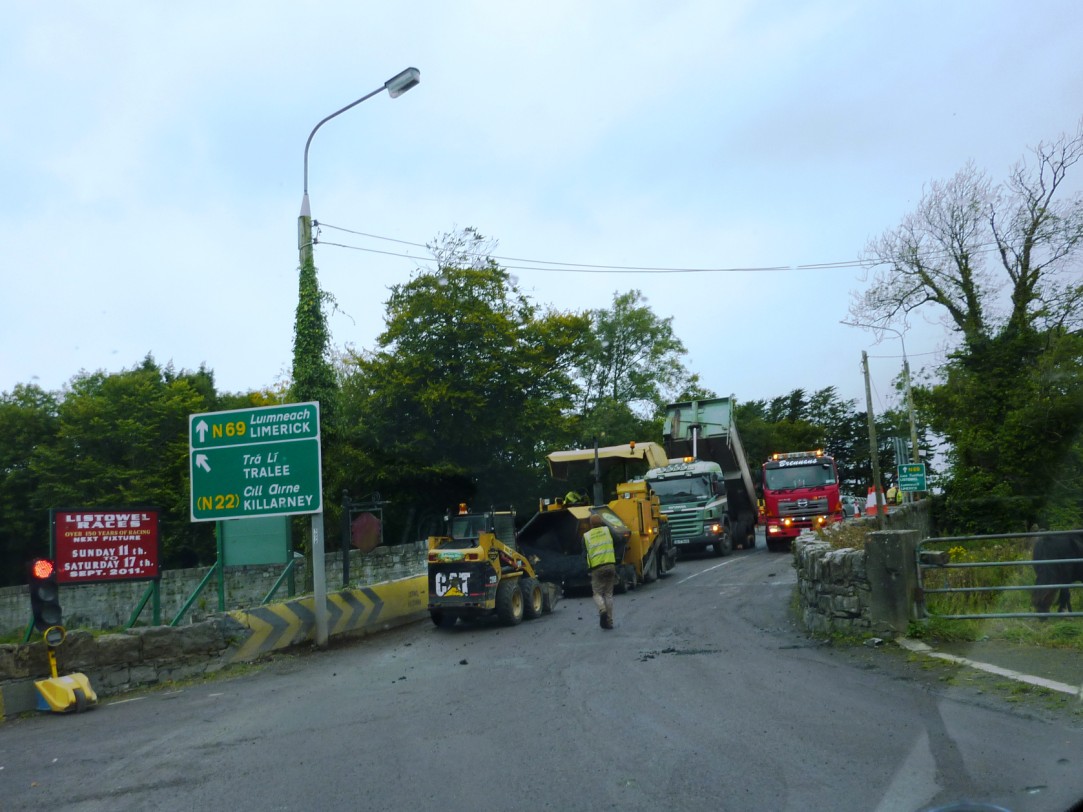During raceweek many private houses became eating emporiums overnight, to cater for all the visitors culinary needs. Their windows displayed posters proclaiming, HOT AND COLD MEALS, MEAT PIES, SOUP AND SANDWICHES. These posters would have been procured from the printer, Cuthbertson in advance. He would also have reams of penny ballad sheets ready for the soon- to -arrive ballad singers who would plytheirvocal trades in the streets and pubs of the town during the three days.
Monies that were made during the week from the the different entrepreneurial ventures were put to good use; rates, fuel for the winter, school fees were paid for, footwear and winter clothing bought and some money could be put away for the rainy day.
The Island bridge was the only entrance to the racecourse from the town itself and one paid to enter here. This allowed entrance to the outside enclosure only. This was a fully serviced area directly across from the stand. Here also there were bookies, tented bars and a small fun fair. Just like today there was another entrance from the Tralee road up to O’ Leary’s house. The stand area was much smaller than that of today and there was an extra charge for admittance.
The island bridge itself in the 1950’s was built partially of timber. Horses that were stabled in town accessed the racecourse by means of this bridge. I can clearly remember the sight and sound of the horses being led to the racecourse in the midst of the crowd of racegoers.
Another smell that still prevails in my senses from that time is the particular scent of the trodden grass “coming back from the Island” as people would describe coming home in the evening after the races. At the bridge there were always the three card trick men and their buddies.
The pubs thrived for the week. At a rough count, I can think of 57 up and running during the 1950s. As evening turned to night and as the drink took hold, singing voices of all standards were raised and Cuthbertson’s ballads could be heard in full throttle.
The town’s two cinemas, Astor and Plaza, would have two evening performances and Walsh’s newly built Super Ballroom had dancing every night. Mick Delahunty and his orchestra were regulars, aided and abetted by the resident orchestra.A game known as Pongo (a forerunner of Bingo) was played in St. Patrick’s Hall.
Jack McKenna had a very interesting contraption in one of his smaller shop windows in Market Street. It was called a continuous projector. At night it showed Movie Tone News. This included footage from the year’s Grand National and highlights of The Cup Final.
The demise of the “tinkers market” came with the building of the mart in the late 50s. For a number of years they relocated to the bank of the river, near where Carroll’s yard is now. As their mode of transport, i.e. horse drawn caravans, disappeared from our roads in the 1960’s so ended this era of traveller tradition at the races.






